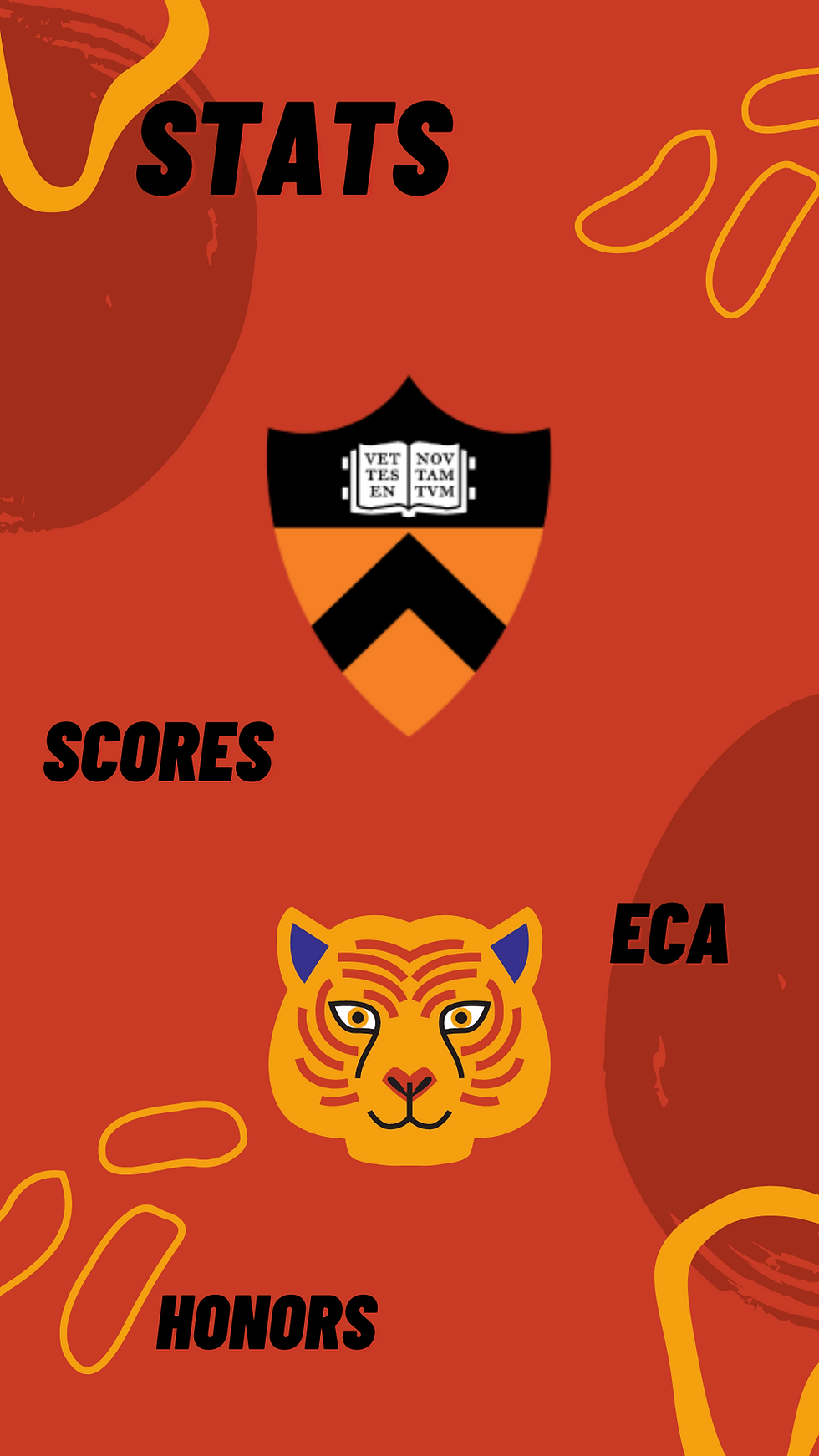The Simply Elegant Works of Narayan Debnath
- Shabab Tashrif
- Jun 1, 2021
- 3 min read
Updated: Jun 13, 2021

In one of his interviews, veteran Bengali comic book writer Narayan Debnath had asked a Bangladeshi journalist if anyone from the neighboring state of Bangladesh knew about him or his works. Little did he know that his works had adorned the childhood of a Bangladeshi boy.
Growing up as a student of an elite English medium school, I’ve always had an affinity for the Bengali language. This could be attributed to my family being a traditional Bangladeshi family, or simply because I was introduced to Bengali books before I ever held an English book. I enjoyed reading Bengali unlike many of my peers, and often sneaked into my mother’s ginormous library to grab a Humayun Ahmed or a Sunil Gangopadhyay classic just to read a few lines and revere the astute author’s gleeful and ambitious words. That was when my mother first bought me a Nonte Fonte graphic novel just to steer me away from the implicit nature of those voluminous books. And from then on started an ardent fan’s venture into the fictitious world of some simple, rather one-dimensional yet lovable and memorable characters.
The story of Nonte Fonte, if you care for one, is simply about a duo of juvenile students of a boarding school, named Nonte and Fonte, another malevolent youth named Keltu (who for a lion’s share of the episodes remains the duo’s nemesis) and their overweight and jolly headmaster Hatiram Pati who is oblivious to the misdemeanors going on about his school most of the time and only ever rise to the occasion to hilariously punish whoever does something felonious (good to insert that it’s mostly Keltu).
Is there something enticing about it? Does the story sound exhilarating, or fresh-off-the-block? Not really. In fact, in the grand realm of comic books it is equivalent to a speck of dust on top of a mountain. However, it is this simplistic approach to humor that makes Nonte Fonte fun to read. The seemingly human version of Tom and Jerry’s cat-and-mouse chase is enhanced by intriguing battle of wits, great comradery between our protagonists and the farcical side characters who enhance each episode. Besides incorporating lucid but effective humor, Debnath also uses play of words, idioms, rhymes and onomatopoeia to enliven the humor and make these lines toys for the reader to play with in their minds. The characters are simple, yes, but we as readers stay hooked because the funny activities these characters engage in offset the lack of characterization. Each and every episode offer some good laughter, and the colorful panels only add to the vivacity of these characters.

I got so hooked into Narayan Debnath’s works that I soon sought his other comics. I soon had my hands on Bantul The Great and Handa Bhonda, and my admiration for the man increased. His comic strips allow anyone to escape from the mundane reality and delve into the lives of these characters he built so carefully. While innumerous comic strips are more inclined to show outer space ventures or superheroes facing world-threatening forces, his comic strips showcased a handful of relatable characters who make the silly mistakes we do, and then face chucklesome repercussions. I carried these books wherever I went, and showed them to eager readers of my age who gave plaudits to Debnath for the comic relief. Debnath even revolutionized the superhero genre in India by giving us Bantul, a man possessing inhuman strength and speed. To this day he boasts innumerous accolades, including being the only comics artist in India to receive the D. Litt degree.
Yes, his comic strips are not masterclass per se. Anyone can object to the gap in logic or lack of characterization that might render the comics incompetent. Even the jokes, the literal essence of the comics, may run dry and mundane at a point. Some may call Debnath’s artwork uninspired. But with this simple artistic approach, Debnath delivers a message underlying his comics- sometimes simple is gorgeous. We live through so much complexity today that at this point all we want is subtlety and perfection. With his work Debnath conveys the idea that simplicity can be elegant at times, and his works inhabit a section of their own, a section best described as ‘unembellished, but fun and relatable’. While smart writers try to outsmart each other, Debnath is the king in his own domain. It is a crime to call his works ‘lazy’, because of the shrewdly handled battle of wits, some clever jokes and bright, lively artworks that give us a glimpse into the lives of these characters. It is quite exciting to read these comics after a tumultuous day at work, and even siblings may unite as they voraciously devour the comics. With his magnum opus, Debnath emphasizes on the urge to view life in a simple way and find all the simple things among an array of complexities that make life as enjoyable as it is.




Comments